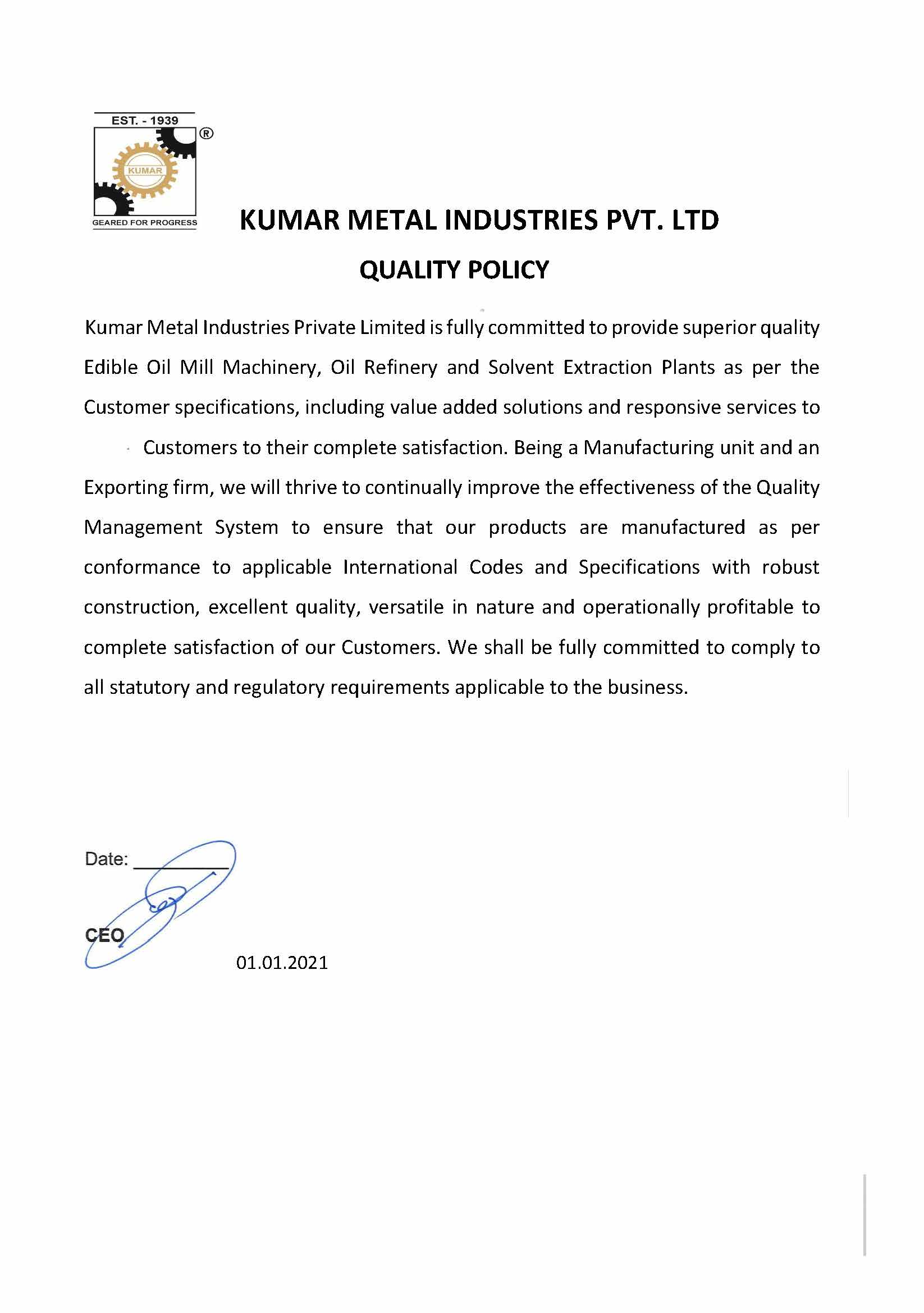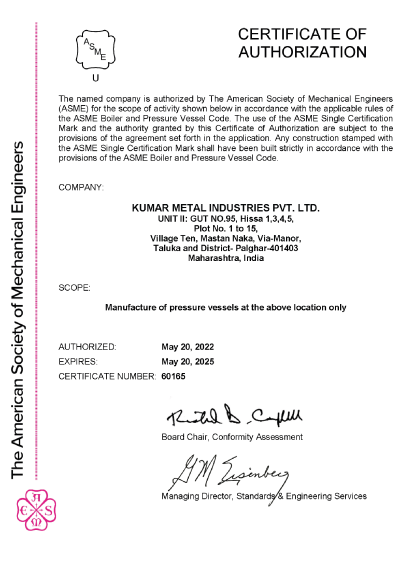Hydrogenation

Hydrogenation is used to change the physical characteristics of natural fats and oils to improve its texture and stability. Hydrogenation of vegetable oils and fatty acids involves the addition of hydrogen, in the presence of a Nickel catalyst, to the carbon-carbon double bonds present in the fatty acid chains. There are three types of hydrogenation processes:
BATCH HYDROGENATION
Two types of reactors are used in batch hydrogenation - agitator reactors and loop reactors. In agitator type reactors, fats or oils with a catalyst are mixed with hydrogen gas in the autoclave. Hydrogen gas is sparged through a specially designed sparger located at the bottom of the autoclave. Agitator type autoclaves are used for selective and slow hydrogenation.
In loop type reactors there is a venturi loop in which the oil, catalyst and gas mixes; due to vigorous circulation this reaction is very fast and spontaneous which results in a low residence time at high temperature profile. A candle filter with auto wash arrangement is used to filter the catalyst. These reactors are suitable for full hydrogenation with low residence time.
Advantages:
- Used for small capacity plants
- Selective hydrogenation is possible in agitator type reactor
- Low iodine value can be achieved by venturi loop reactor
- Nickel catalyst consumption is minimized
SEMI-CONTINUOUS HYDROGENATION
Proper arrangement for feeding and discharge makes the hydrogenation reaction semi-continuous. The unique design of the agitation system enables the hydrogenation cycle to be reduced to a minimum. Both agitator type as well as loop reactors are used for semi continuous hydrogenation.
Advantages:
- Reduced steam consumption due to regenerative heating and cooling
- Low power consumption
CONTINUOUS HYDROGENATION
Continuous hydrogenation reactors are single towers where oil or fatty acid with a catalyst is mixed with a very high flow rate of hydrogen gas supplied to the tower from one end and hydrogenated material continuously discharged from another end. Excess hydrogen is compressed and reused.
Advantages:
- Used for large capacity plants
- Full automation is possible in continuous hydrogenation process
The Kumar Guarantee
Our innovative engineering solutions and superior manufacturing standards help you optimise operating costs and improve efficiency. We dedicate ourselves to every project we take on to ensure a successful outcome for your company. We've delivered over 700 projects to over 500 customers in more than 65 countries. Let us help you deliver your next one successfully.









